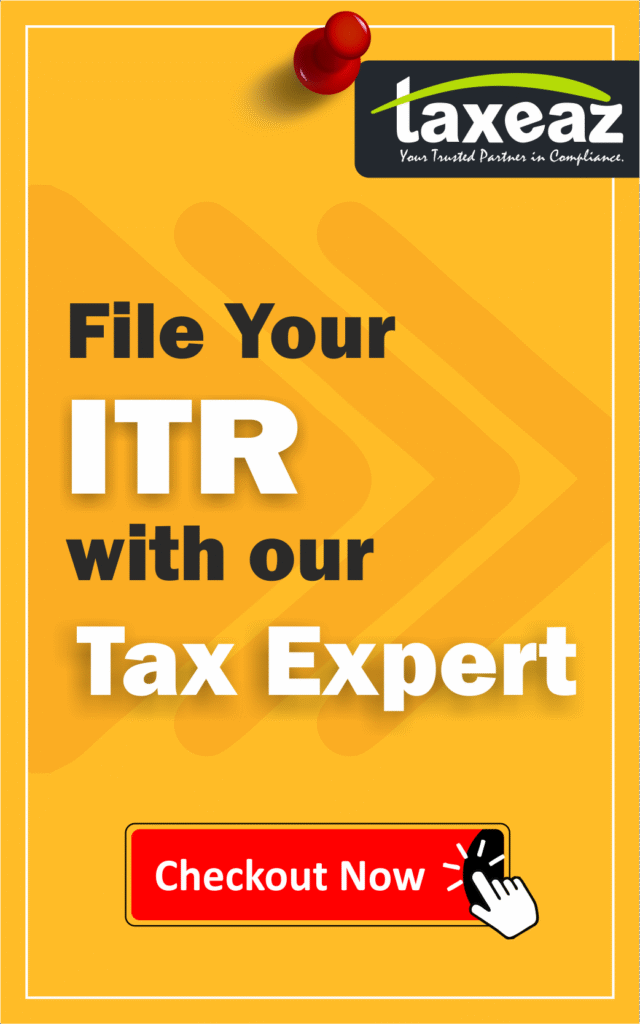
In 2024, the Indian government introduced significant reforms to the capital gains tax structure through the Union Budget 2024-25. These changes aim to simplify the tax system, promote long-term investments, and provide relief to taxpayers. This article delves into the key amendments, their implications, and offers guidance for taxpayers navigating the new landscape.
Key Changes in Capital Gains Taxation
1. Uniform Long-Term Capital Gains (LTCG) Tax Rate
The budget has standardized the LTCG tax rate to 12.5% across all asset classes, replacing the previous varied rates. This move simplifies the tax regime and encourages uniformity in investment taxation.
2. Increased Exemption Limit for LTCG
To benefit lower and middle-income taxpayers, the exemption limit for LTCG on certain listed financial assets has been raised from ₹1 lakh to ₹1.25 lakh per annum. This adjustment allows investors to earn higher tax-free gains, promoting long-term investment.
3. Revised Short-Term Capital Gains (STCG) Tax Rate
The STCG tax rate on specified financial assets has been increased from 15% to 20%. This change aims to discourage short-term trading and foster long-term investment horizons among taxpayers.
4. Simplified Holding Periods
The classification of assets as short-term or long-term has been streamlined:
- Listed Securities: Holding period reduced to 12 months.
- Unlisted Financial Assets and Non-Financial Assets: Holding period set at 24 months.
This simplification aids investors in better planning their investment strategies.
5. Indexation Benefit Revisions
Initially, the budget proposed removing indexation benefits for assets transferred on or after July 23, 2024, offering a uniform 12.5% LTCG tax rate without indexation. However, following public feedback, the government amended its stance. Taxpayers now have the option to choose between:
- New Regime: 12.5% LTCG tax rate without indexation.
- Old Regime: 20% LTCG tax rate with indexation.
This choice is available for assets acquired before July 23, 2024. For assets purchased on or after this date, only the new regime applies.
Implications for Taxpayers
- Incentivization of Long-Term Investments: The uniform LTCG tax rate and increased exemption limit encourage taxpayers to commit to long-term investments.
- Increased Tax Liability for Short-Term Gains: The hike in STCG tax rate may lead to higher taxes for short-term traders, prompting a shift towards longer investment horizons.
- Simplified Tax Planning: Streamlined holding periods and the option to choose between tax regimes for pre-July 23, 2024 assets make tax calculations more straightforward, aiding in efficient tax planning.
Navigating the New Tax Regime
Taxpayers should consider the following strategies:
- Reassess Investment Portfolios: Align investments with the new holding period classifications to optimize tax outcomes.
- Utilize Exemptions: Take advantage of the increased LTCG exemption limit by planning the sale of assets accordingly.
- Evaluate Tax Regimes: For assets acquired before July 23, 2024, assess whether the old or new tax regime offers a more favorable outcome.
- Stay Informed: Regularly consult with tax professionals and stay updated on any further legislative changes to make informed financial decisions.
In conclusion, the 2024 capital gains tax reforms present a more streamlined and investor-friendly tax environment. By understanding and adapting to these changes, taxpayers can effectively manage their investments and tax liabilities.



